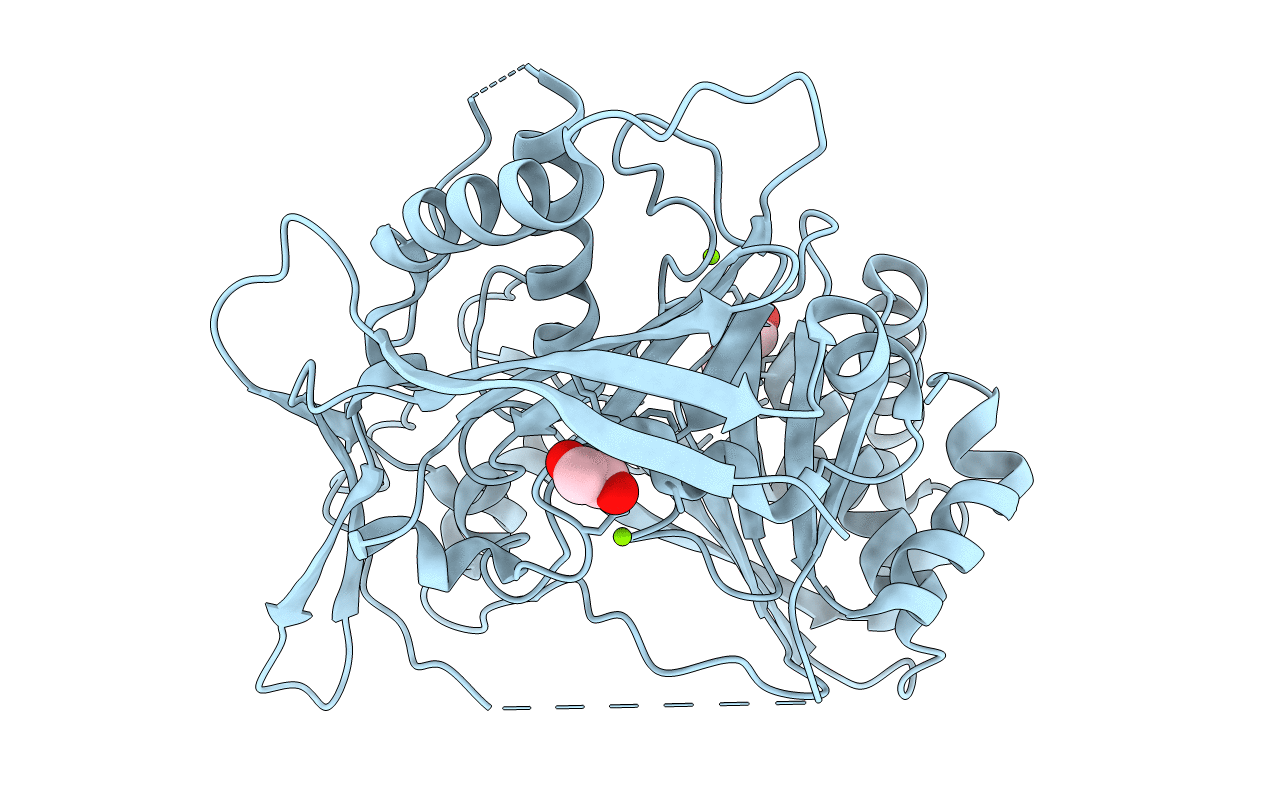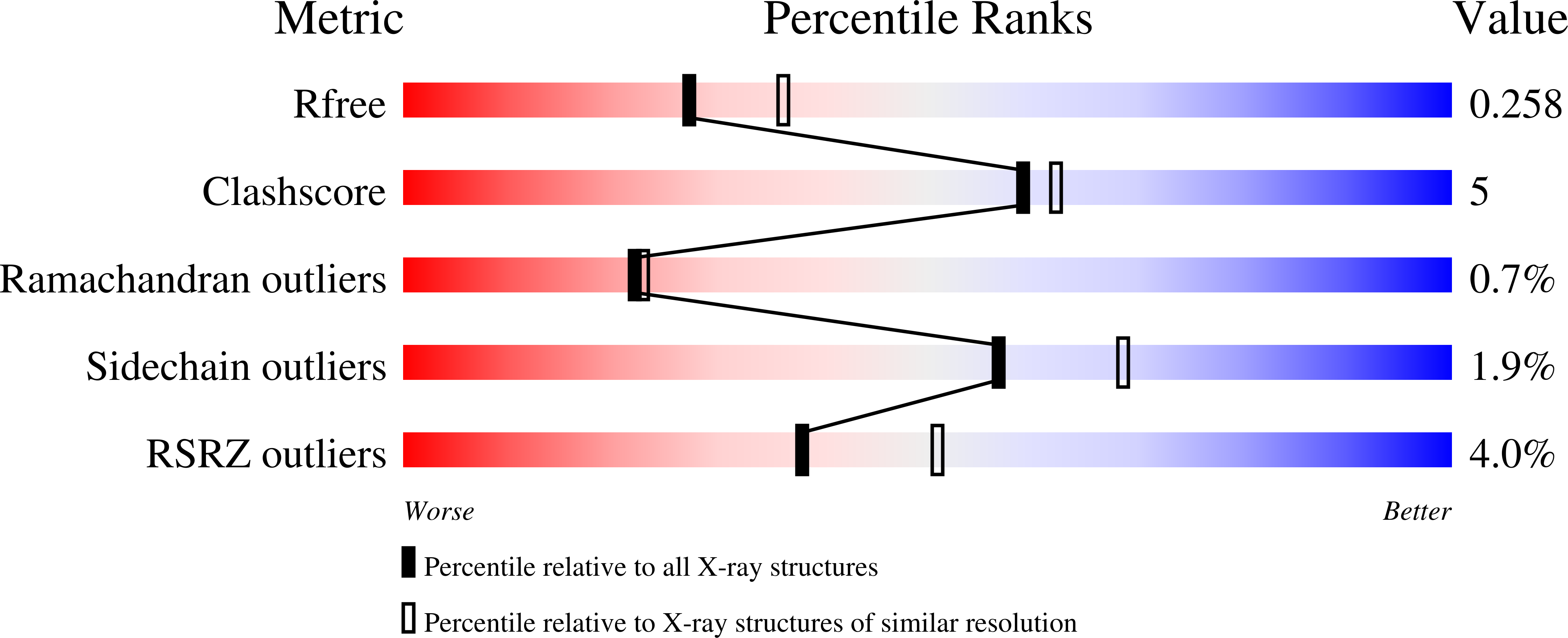
Deposition Date
2020-06-09
Release Date
2022-01-12
Last Version Date
2024-01-24
Method Details:
Experimental Method:
Resolution:
2.35 Å
R-Value Free:
0.25
R-Value Work:
0.20
R-Value Observed:
0.20
Space Group:
P 43 21 2


